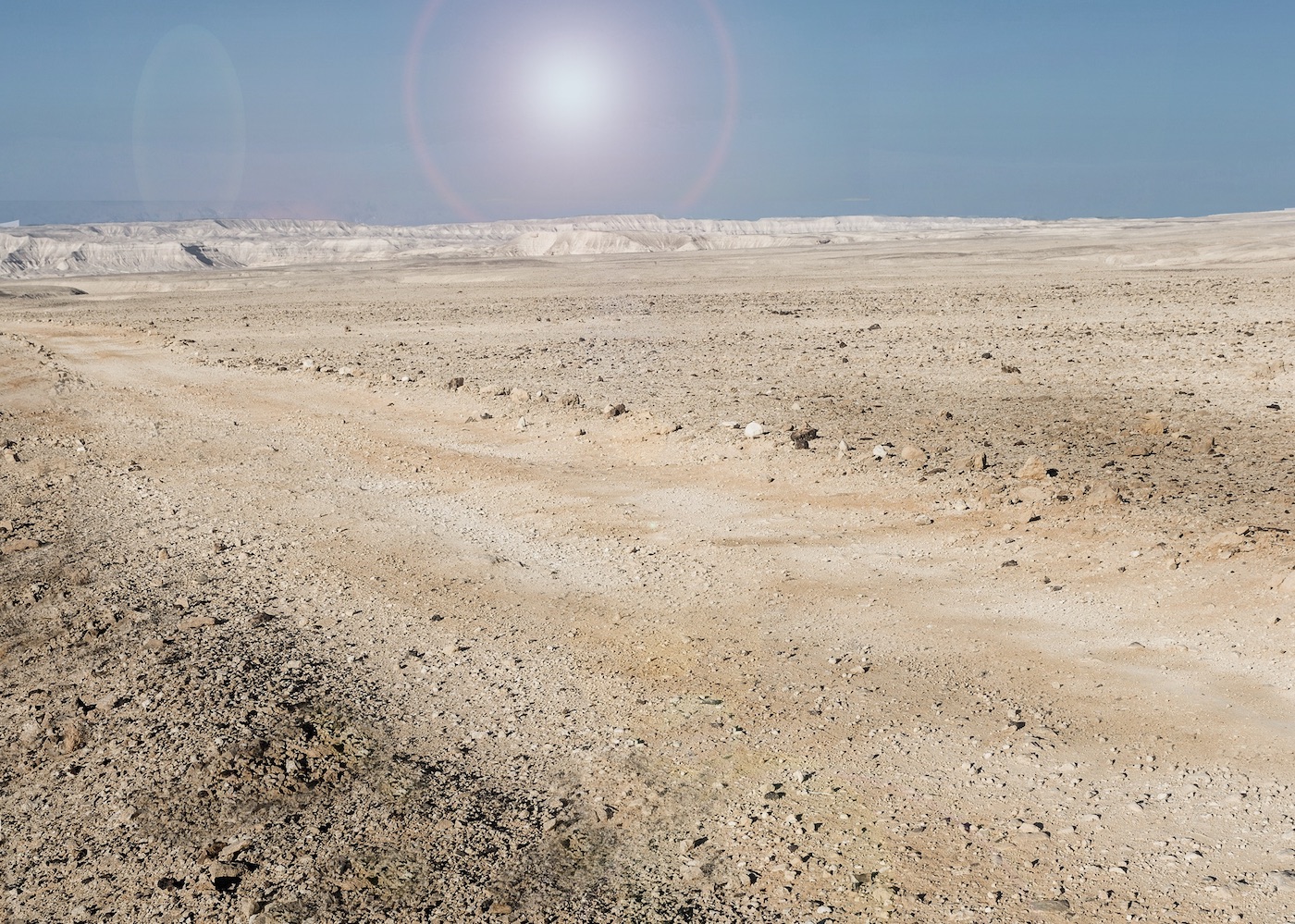
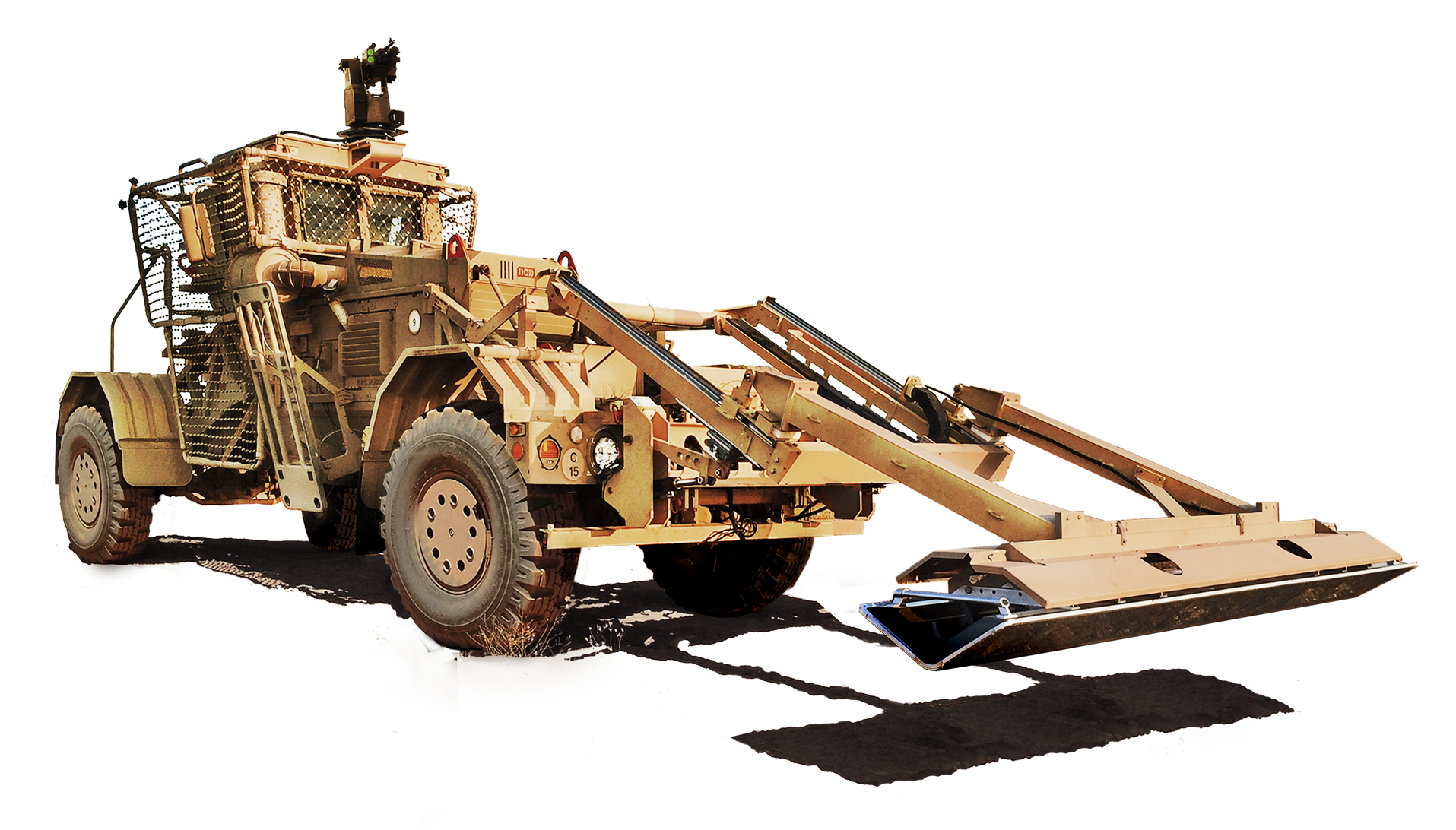
AIRBOSSHUSKY 2G
The most survivable vehicle on the battlefield.


The most survivable vehicle on the battlefield.
Prompted by the operational requirement for longer, more complex, mounted clearance missions and employment of more sophisticated vehicle payloads, the two-operator Husky 2G clearance vehicle was born. Recognized as one of the U.S. Army’s Top Ten Inventions of 2011, the 2G platform addresses evolving explosive threats while applying the operationally proven survivability tenents which have made the Husky family of vehicles the most survivable platforms on the battlefield.
Blast protected V-shaped hull
Removable bolt-on armor and armored glass
Air, sea, and rail transportable
Two operator capacity
Rapid field repair
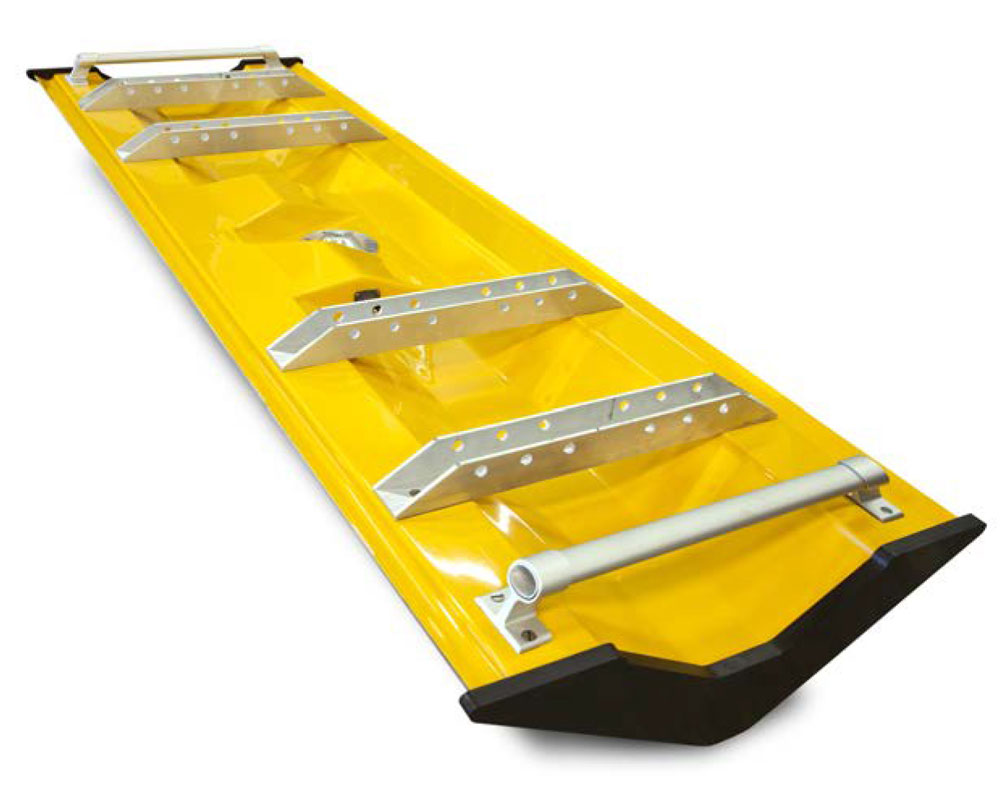
Scans for subsurface anomalies to support explosive threat detection.
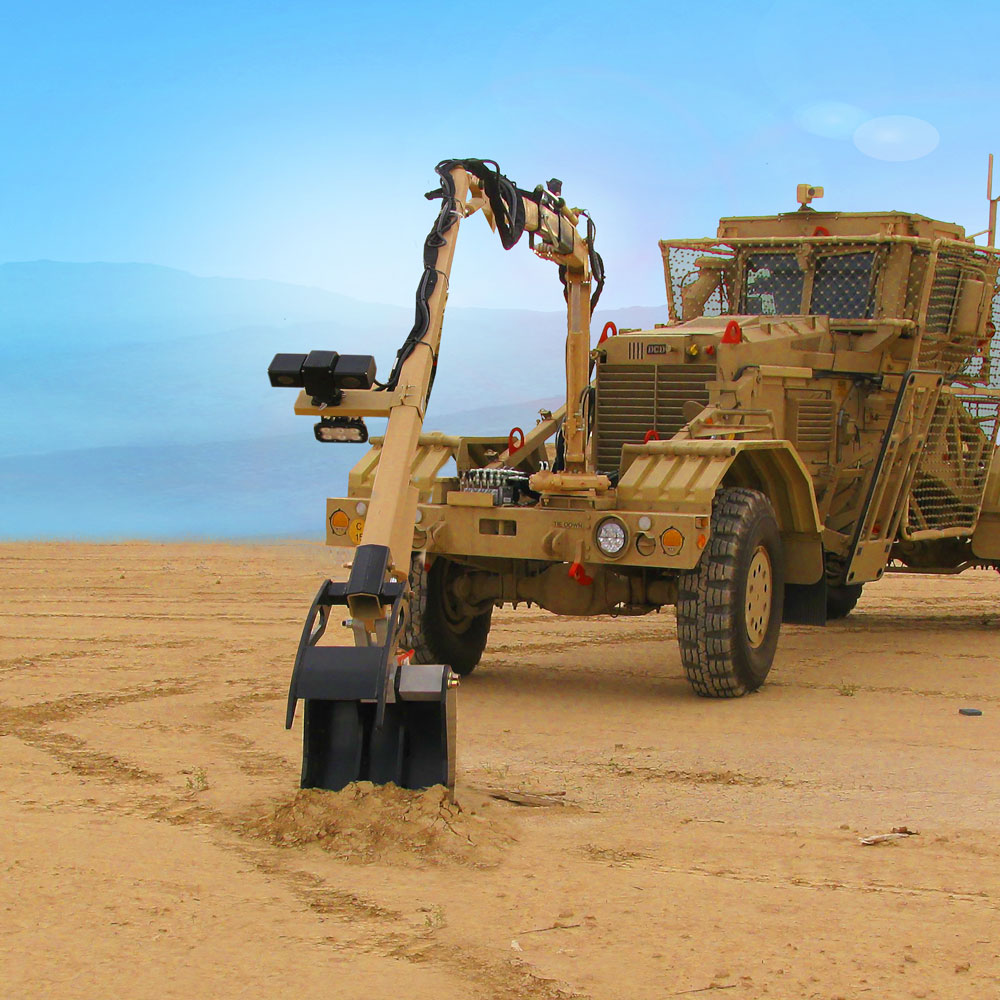
Articulating, extendable arm designed to enable standoff investigation and classification of suspected explosive threats.
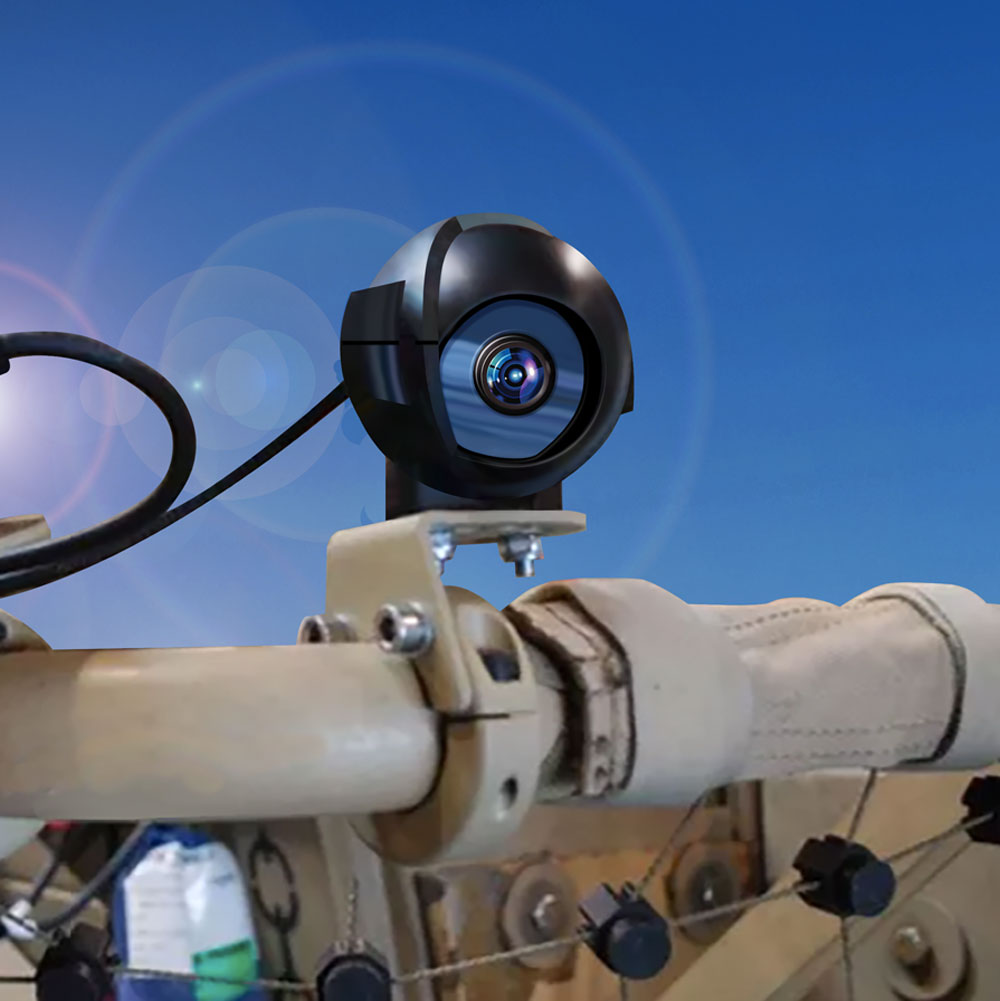
Maintains operator situational awareness through a suite of static and pan/tilt/zoom (PTZ) cameras.
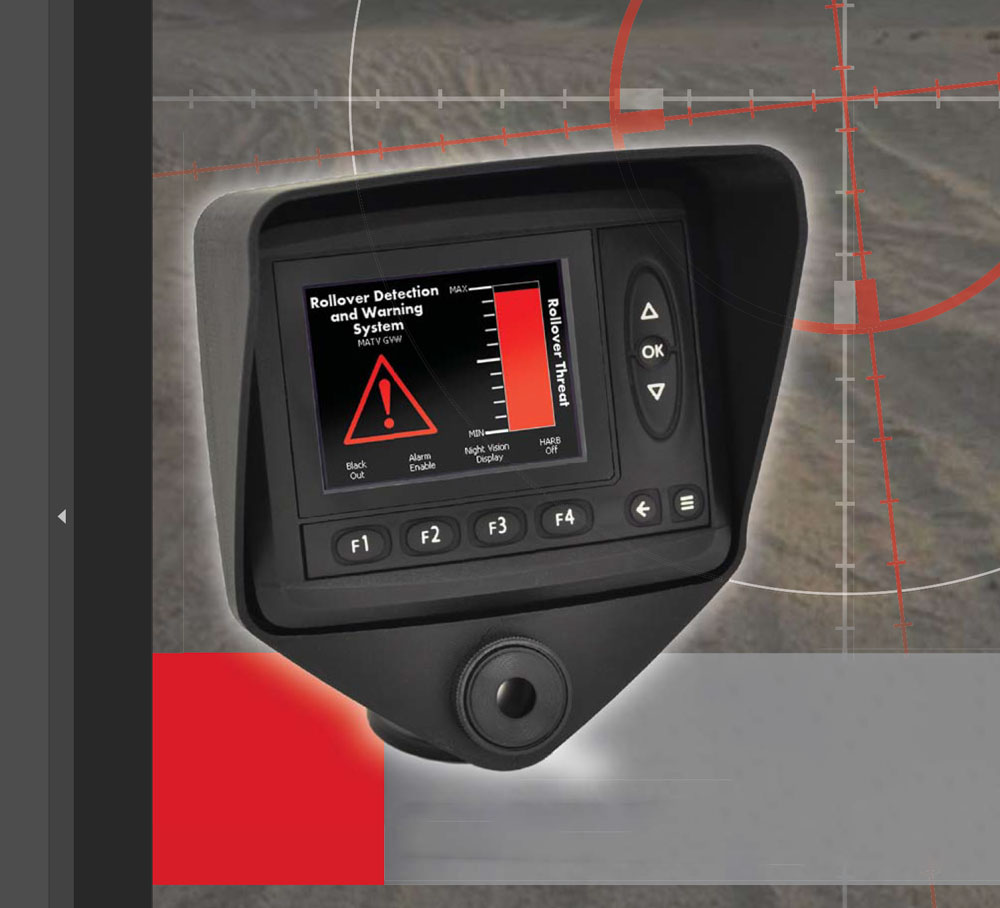
Alerts operators of hazardous route conditions.
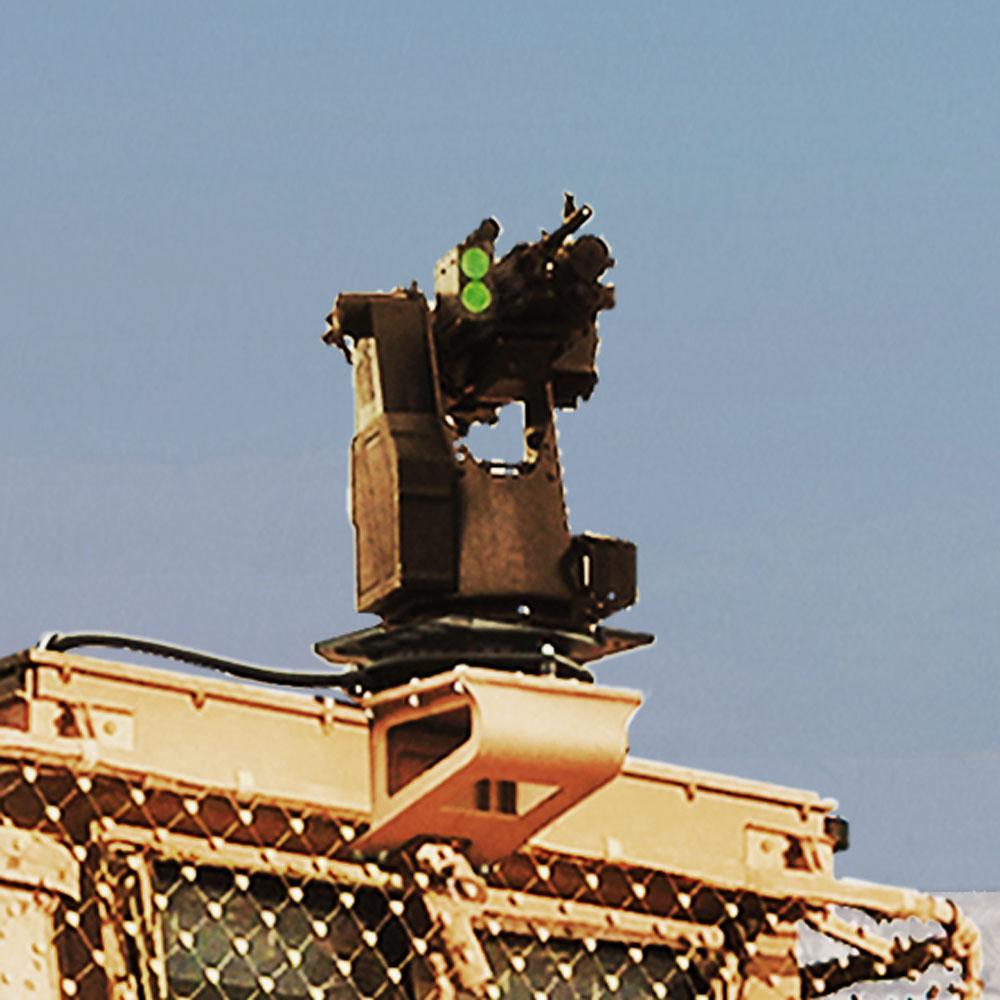
Self-defense system with enhanced optics for environments where operators cannot be exposed.
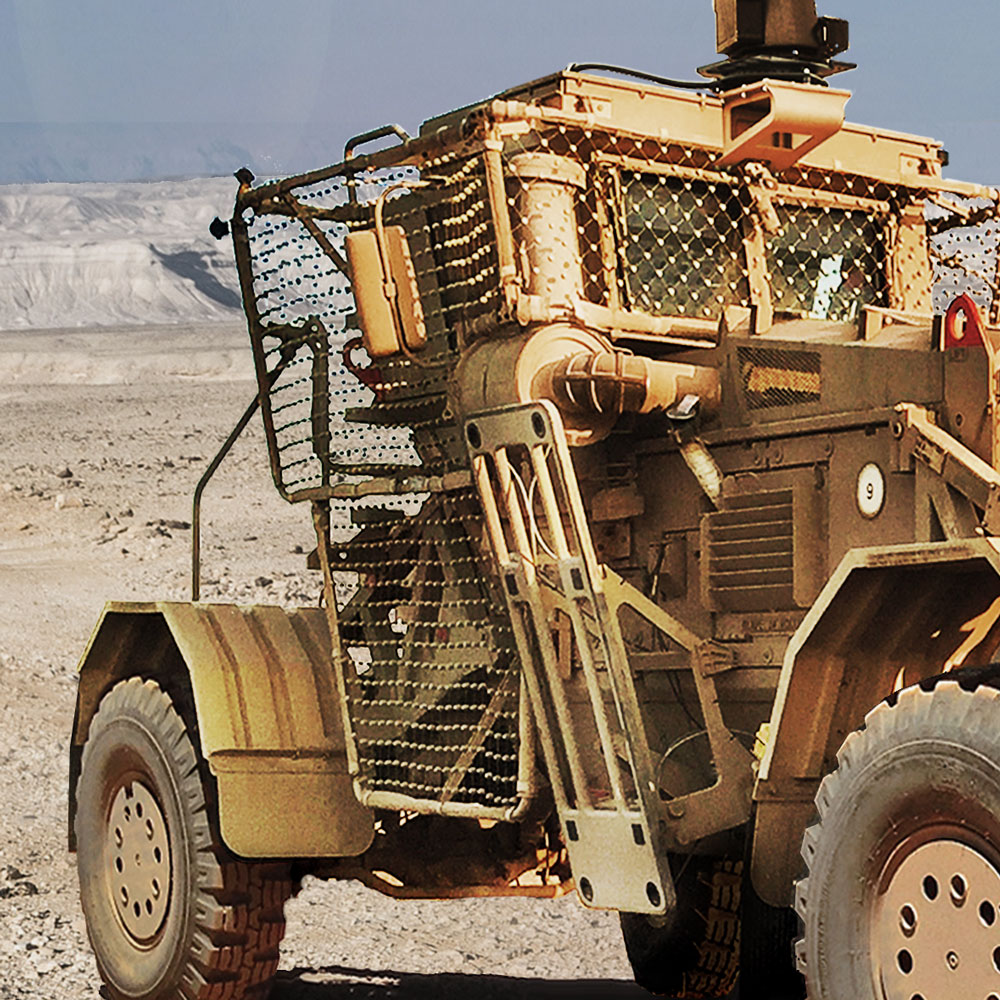
Lightweight, non-obstructive RPG defeat netting.